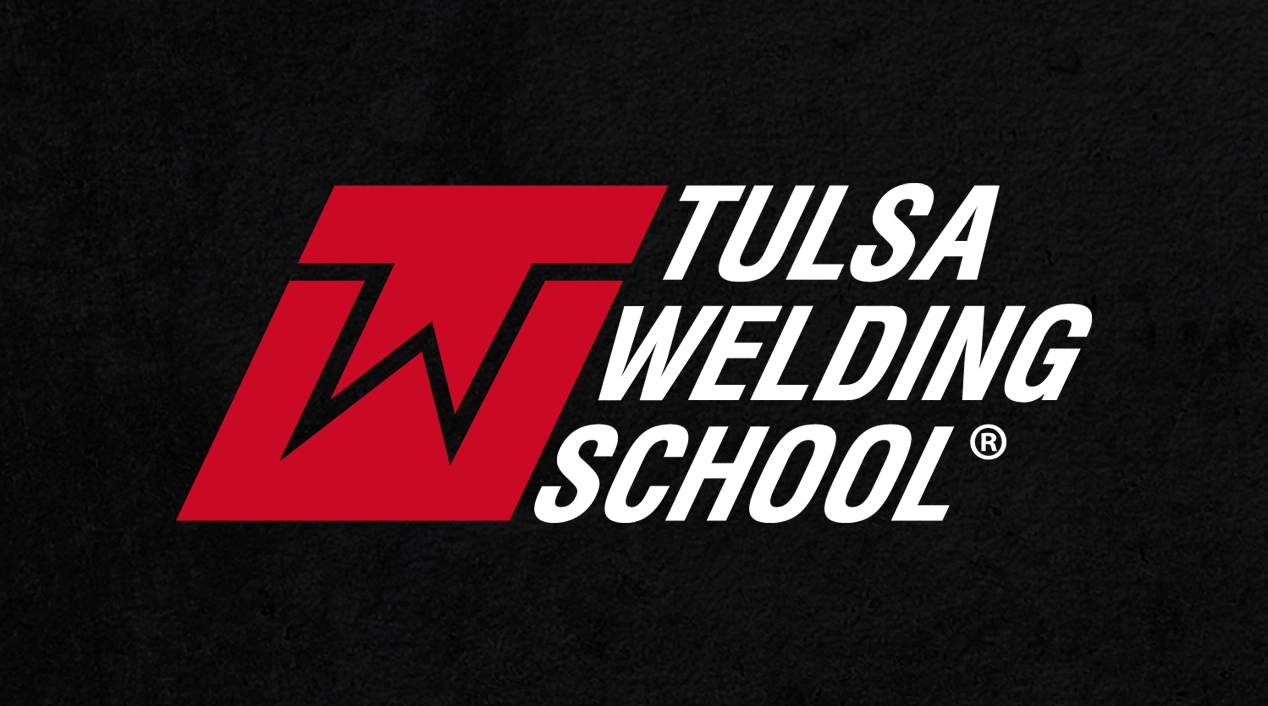TWS is a Great Training Option for Everyone
Learn more about how we can prepare you to advance your career.
2021 was a year full of unexpected obstacles. Many people were forced to make an academic or career change during pandemic lockdowns. As you approach graduation, it’s normal to feel overwhelmed and confused. And the complications of the past year may only make matters seem worse.
Although college is often touted as the best path forward, many don’t like the idea of being saddled with considerable student debt. To give high school grads some clarity and direction, we’ll take a look at some factors to consider before choosing a career in 2022.
4 Things to Consider When Choosing a Career Path
1. Learning Styles
There are four different learning styles, according to the VARK theory: visual, auditory, kinesthetic and reading. Most students have a clear preference for one of these learning styles, which can influence what academic and career path is best for them. Traditional degree programs, such as those to earn an associate’s or bachelor’s, can focus heavily on the visual, auditory and reading learning styles. But, there’s not much of an emphasis on kinesthetic learning or hands-on learning.
That’s where vocational programs can stand out. Trade schools can make use of all learning styles but tend to place a focus on kinesthetic learning. Since program participants are training to fulfill a highly specialized role, hands-on learning can be the most effective way to develop the skills needed.
Have You Considered a Career in the Skilled Trades?
Fill out the form to recieve a no obligation info packet.
Understanding your learning strengths can help you identify career paths that are a great match for you. If you enjoy learning with your hands, you might want to consider joining a vocational program.
2. Demand
Job security is another crucial factor to consider when deciding on a career path. High school graduates may want to think about professions with a good job outlook for the future.
Although college has been heralded as the gold standard for landing competitive positions, the numbers don’t seem to line up with this reputation. According to the University of Washington, around 50% of bachelor’s degree holders are underemployed or working in a field that doesn’t require a degree.
Trades careers seem to paint a brighter picture for high school graduates. There’s currently a shortage of skilled workers across the country as older tradespeople retire and not enough workers receive the welding training, electrical wiring instruction and HVAC/R career preparation to replace them. This is creating demand for skilled tradespeople. The country’s crumbling infrastructure is also in need of repair, which could mean jobs in the trades sector.
3. Essential Career Status
Before the COVID-19 pandemic, you didn’t hear the term “essential worker” very often. Now that high school grads may be thinking about how to choose secure jobs—jobs that don’t disappear during shutdowns—essential workers are in the spotlight more. The Department of Homeland Security defines essential workers as “employees required to sustain normal day-to-day services that enable our economy and our way of life.”

New: Industrial Maintenance
Learn About Our New Advanced Industrial Maintenance Program
Tulsa Welding School is proud to announce our newest program offering available at our Houston & Dallas Metro Campuses – Advanced Industrial Maintenance Technology! Learn the skills you need to take on the industries of manufacturing, distribution, energy production and facility maintenance in as few as 7 months.
This definition includes some roles you might expect: healthcare workers, transportation professionals and critical retail. But there are some less obvious, but equally important, careers considered essential. In fact, critical trades, including plumbing, electrical wiring and welding are deemed essential jobs.
With COVID variants forcing some states to readopt pandemic measures, many high school graduates might be searching for COVID-proof jobs. While 100% job security doesn’t exist anywhere, choosing a career path as an essential worker might provide more job security in the future if COVID were to make a comeback.
4. Time in School
Students may also want to think about how long they want to wait between graduating high school and starting their careers. College degrees generally take four years to complete, but over half of undergrads take five years to finish their degree. Students of vocational schools can graduate much faster compared to their collegiate counterparts. For example, the Tulsa Welding School trade programs range in length from seven months to two years.
Trade schools tend to have a more career-oriented curriculum to help students prepare for the workforce quickly. This is in contrast to colleges, which include general education requirements that take longer, putting more time in between high school graduation and the job market.2
Your New Career Path is Waiting

Choosing a career in 2022 can be a daunting thought for many high schoolers. With college tuition rates continuing to climb, it’s understandable that high schoolers are considering other educational paths.
Trade schools can be an excellent alternative to college for high school graduates who are looking for other options. Instead of supplying you with general knowledge of a subject, vocational programs are designed to provide you with the specific skills and knowledge you need to fill a particular role.
Don’t Wait to Research Your Career Path
Interested in learning more about vocational careers? Read about four awesome skilled trade careers you can pursue without a college degree. Because research can be the first step to discovering which career path is right for you.
This blog has been labeled as archived as it may no longer contain the most up-to-date data. For a list of all current blog posts, please visit our blog homepage at https://www.tws.edu/blog/







